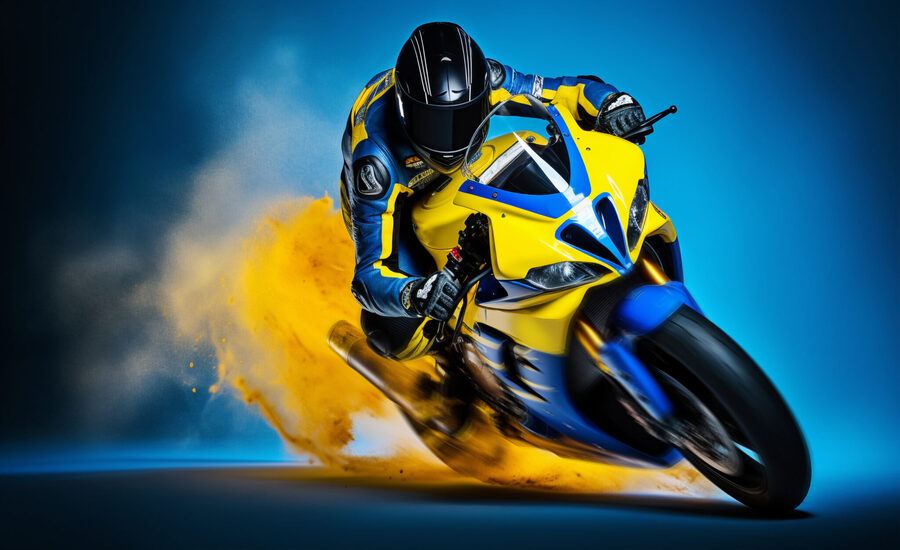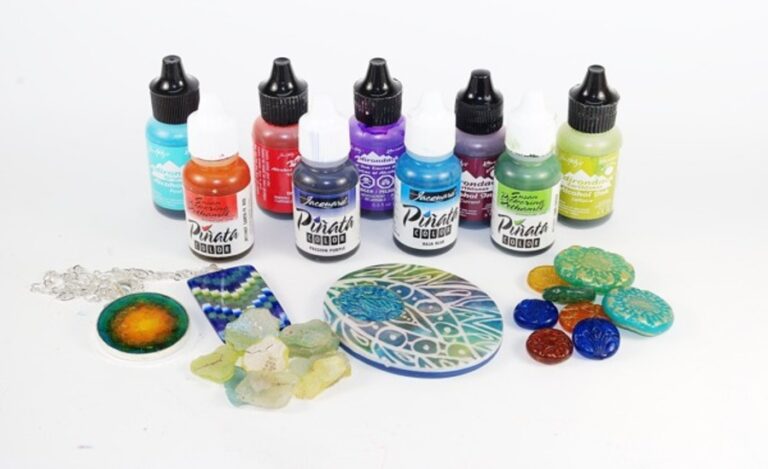Motorcycle Maintenance Tips for California Riders: Staying Safe on the Road
Maintaining a motorcycle is crucial for ensuring a safe and enjoyable ride, especially for those navigating the roads of California. Regular checks and upkeep not only keep the bike running smoothly but also contribute to the rider’s safety and confidence. California riders should prioritize essential maintenance tasks like checking the oil, changing the coolant, and inspecting brake pads against the specifications in the service manual.
Motorcyclists in California must hone their riding skills and stay aware of their environment to prevent accidents. Key safety practices include wearing a helmet, understanding road conditions, and riding sensibly. These preventative measures can significantly reduce the likelihood of unexpected motorcycle accidents, allowing riders to relish the freedom of the open road.
Riding a motorcycle provides an exhilarating experience, but it demands responsibility and care. Regular maintenance and a commitment to safety are non-negotiable for anyone looking to make the most out of their motorcycling adventures in California.
Essential Gear for Maximum Safety
For California riders, having the right gear can make a crucial difference in ensuring safety on every ride. Focus on quality and function to enhance your protection from head to toe.
Helmet and Eye Protection
A helmet is the most critical piece of safety gear for any rider. It’s essential to choose a helmet that meets or exceeds DOT (Department of Transportation) standards. Full-face helmets provide the best protection, covering the entire head and face. They often come with built-in visors that shield eyes from debris and harsh weather conditions. For those opting for open-face helmets, adding goggles is crucial to keep eyes safe and enhance visibility.
Double-check the helmet fits snugly but comfortably, as loose helmets can be hazardous. Look for padding that adjusts to the contours of the head for maximum comfort and security.
Protective Clothing Choices
When it comes to protective clothing, the goal is to cover as much skin as possible with durable materials. Heavy-duty jackets and pants made from leather or textile with reinforcements at high-impact areas are ideal. CE-rated armor for the elbows, shoulders, and back adds another layer of protection. For warm-weather riding, mesh jackets with protective armor offer a balance of breathability and safety. Long pants, preferably made from denim reinforced at the knees and hips, are advisable for leg protection.
Additionally, consider layers for different weather conditions to ensure consistent protection without sacrificing comfort. Reflective materials or bright colors help increase visibility to other road users, significantly enhancing safety.
Footwear and Hand Protection
Sturdy boots that cover the ankles are essential for motorcycle riding. Opt for boots with non-slip soles to improve control and minimize the risk of slipping when stopping. Reinforced toes and heels offer additional protection in case of an accident. Laces should be tucked away or covered to prevent them from getting tangled in the bike’s components.
For hand protection, leather or textile gloves are highly recommended. These gloves should provide a good grip and flexibility while offering protection for the hands against abrasions and impact. Look for gloves with reinforced knuckle guards and palm padding for better impact resistance. Additionally, touchscreen-compatible fingertips can be a useful feature for those who need to use smartphones or other devices without removing their gloves.
Comprehensive Motorcycle Maintenance
Maintaining a motorcycle involves diligent checks on the engine, brakes, tires, and electrical systems. Proper upkeep ensures not only a smooth ride but also a prolonged motorcycle life.
Regular Engine and Brake Check-Ups
Regular engine maintenance is essential. Check and change the oil according to the manufacturer’s recommendations to ensure the engine runs smoothly. Replace the oil filter with every oil change to prevent contaminants from circulating in the engine.
Inspect the brakes frequently. Ensure the brake pads and discs are not worn out. Replace brake pads if they are less than 2mm thick and check the brake fluid level regularly. Make sure there are no leaks in the brake lines for optimal safety and performance.
Tire and Coolant Maintenance
Keeping the tires in good condition is key. Check the tire pressure monthly and ensure it matches the recommended levels in the motorcycle’s manual. Inspect the tires for any signs of wear, cracks, or punctures. Rotate the tires periodically for even wear and longer life.
Coolant maintenance is equally important. Check coolant levels every few months and top them off if necessary. Ensure the coolant reservoir is intact and does not have any leaks. Consistent cooling system checks prevent overheating and prolong engine life.
Battery and Electrical Systems Care
The battery needs regular attention. Check the terminals for corrosion and clean them as needed. Ensure the battery is securely fastened and the connections are tight. Test the battery voltage and charge it if it’s below the recommended level.
Inspect the electrical systems of the motorcycle. Check lights, indicators, and the horn to ensure they are functioning correctly. Replace any burnt-out bulbs and fix loose connections to maintain safety during rides, especially at night.
Regular maintenance of these components keeps a motorcycle in top shape. Engines, brakes, tires, and batteries are critical areas for a reliable ride. Proper care is reflected in the motorcycle’s performance and longevity, ensuring a safer experience for California riders.






